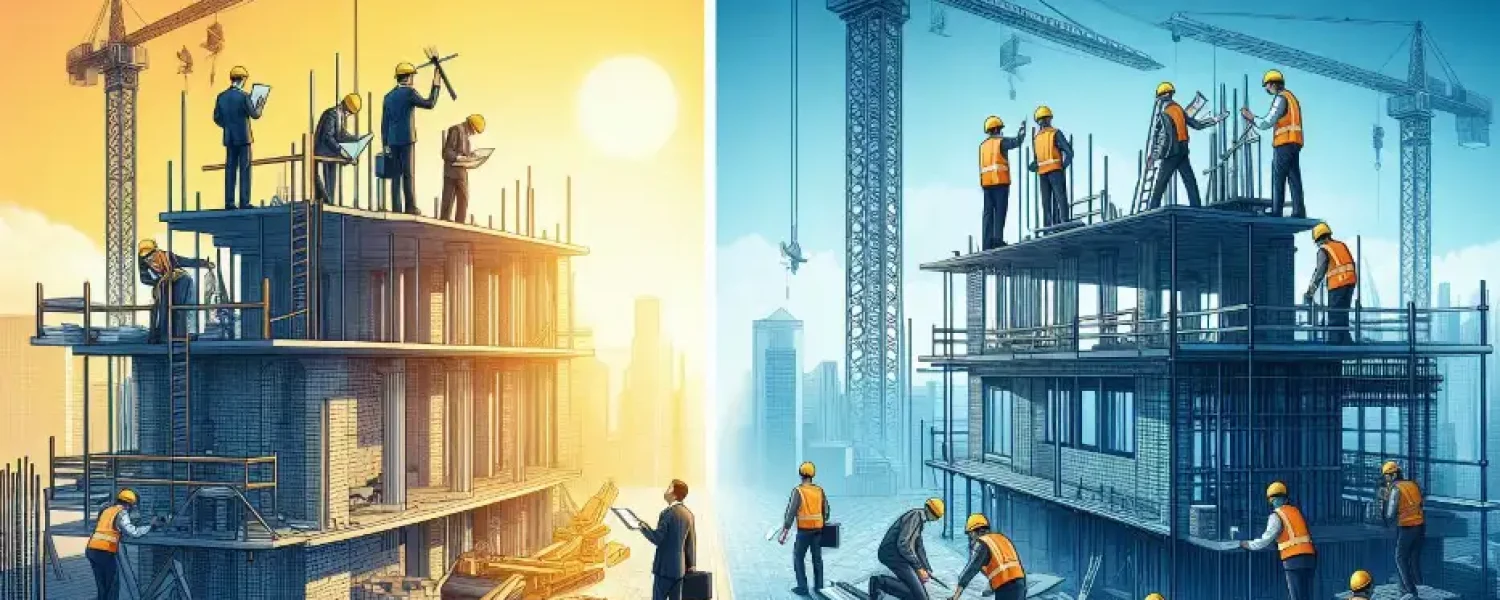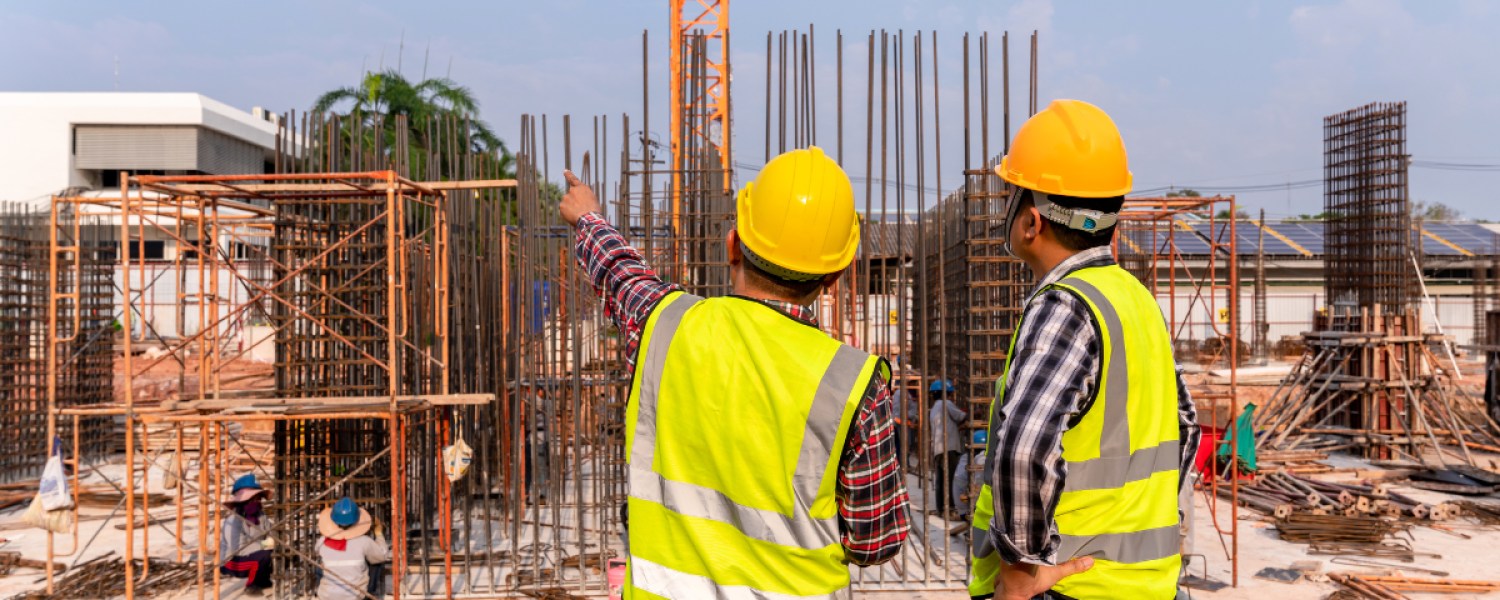“YOUR ONE-STOP SHOP FOR BUILDING YOUR DREAM HOME”
FREE CONSULTATION FOR YOUR VALUABLE HOME CONSTRUCTION *Contact Details: 9160672555, 9052816555.
- Get a free consultation for building your dream home. Call us for expert advice on the right way to construct your house .
- THARMAL Constructions Private Limited offers comprehensive, end-to-end solutions for all your home construction needs.
- Architectural, Structural Design & Planning, Civil Construction, Interior Design & Finishing, Electrical & Plumbing works,Project Management
- “We provide detailed cost estimates for your home construction, helping you with accurate bank valuations and securing a house loan easily.” & “We ensure that all materials used in your house construction undergo rigorous testing procedures to guarantee quality and durability.”
- “We provide a comprehensive house manual that serves as a complete record of your home construction journey. It includes the layout designed with 100% Vaastu Shastra compliance, detailed architectural, structural, electrical, and plumbing drawings, Vaastu details, correspondence between the client and contractor, a list of materials used, and the mutual agreement. This ensures complete transparency and serves as a valuable reference for the future.”


Structural engineering is a vital aspect of house construction, focusing on ensuring the stability, strength, and durability of the building. It involves designing and analyzing the structural components to withstand various loads and forces. Below is a detailed description:
1. Purpose of Structural Engineering
To provide a safe, stable, and durable framework for the house.
To design structural elements capable of resisting applied loads (dead load, live load, wind load, earthquake forces, etc.).
To optimize material usage, balancing cost-effectiveness and structural integrity.
2. Components of Structural Engineering
a. Foundation Design
Type of Foundation:
Shallow Foundation: Suitable for stable soils (e.g., isolated footing, combined footing, raft foundation).
Deep Foundation: For unstable or weak soils (e.g., pile foundation).
Soil Testing: A geotechnical investigation to determine soil bearing capacity.
Depth of Foundation: Calculated based on the load and soil type.
b. Superstructure
Columns: Vertical structural elements that transfer load from the beams and slabs to the foundation.
Material: Reinforced concrete, steel, or masonry.
Spacing: Designed to avoid buckling or failure under axial and lateral loads.
Beams: Horizontal elements that transfer loads from slabs and walls to the columns.
Types: Primary beams (supporting slabs) and secondary beams (supporting other beams).
Slabs: Horizontal surfaces used as floors and roofs.
Types: One-way slab, two-way slab, flat slab, or waffle slab.
Thickness: Determined by span length, material strength, and load requirements.
c. Load-Bearing Walls
Walls designed to support vertical loads in addition to their own weight.
Typically used in low-rise construction or as partition walls in framed structures.
d. Roof Structure
Design depends on roofing material and climate.
Flat Roofs: Common in modern designs; often reinforced concrete.
Sloped Roofs: Suitable for areas with heavy rainfall or snow.
e. Staircases
Structural design to ensure safety, stability, and adherence to ergonomic standards.
Materials: Reinforced concrete, steel, or timber.
3. Structural Design Principles
Load Calculation:
Dead Load: Weight of structural elements (e.g., beams, slabs).
Live Load: Dynamic loads like furniture, occupants, etc.
Environmental Loads: Wind, seismic, and thermal loads.
Material Selection:
Concrete (Grade M20–M40 for residential buildings).
Steel (Fe415 or Fe500 for reinforcement).
Masonry blocks or bricks for walls.
Safety Factors: Additional margins to account for unforeseen forces or material imperfections.
4. Analysis and Design Tools
Software: STAAD.Pro, ETABS, SAP2000, or Tekla for analyzing complex structures.
Manual Calculations: For simple structural elements or cross-verifying software results.
5. Compliance with Standards
Building Codes:
IS 456:2000 – Code of Practice for Plain and Reinforced Concrete.
IS 1893:2016 – Criteria for Earthquake Resistant Design.
IS 800:2007 – Code of Practice for Steel Design.
Local Regulations: Adherence to municipal and regional construction laws.
6. Sustainability in Structural Engineering
Use of eco-friendly materials like fly ash in concrete.
Designing for adaptability and future expansion.
Minimizing construction waste by efficient planning.
7. Structural Integrity Testing
Quality assurance for materials (e.g., slump test for concrete, tensile test for steel).
Load testing of critical structural components.
Regular inspections during construction to ensure adherence to design specifications.
8. Timeline and Budgeting
Phases of Structural Work:
Foundation Construction.
Framing (columns, beams, slabs).
Roof and Staircase Construction.
Estimated time and cost depend on complexity, materials, and labor rates.
9. Challenges in Structural Engineering
Managing differential settlements in foundation.
Designing for seismic and wind resistance in vulnerable regions.
Addressing cost constraints while ensuring safety.
Conclusion
Structural engineering forms the backbone of house construction, ensuring the building is safe, durable, and efficient. A well-designed structure not only withstands physical forces but also provides a sustainable and cost-effective solution for long-term use.
Contact Info
9160672555
9052816555
support@tharmalcpl.com
H-NO -4-32-1548,1st floor, Allwyn colony,line35,Kukatpally,Hyderabad-500072

